12 Mistakes To Avoid While Brushing Your Teeth – Know Here
Brushing your teeth is about more than cleaning them twice a day. Doing it right is a key for a healthy mouth. It can help you avoid problems like cavities and gum disease.
There are mistakes that people usually make while brushing their teeth. You might be one of these people. You may have decades of experience brushing teeth with no dental issues – but I’m willing to wager you are making, at least, one or more of these mistakes. Some of these mistakes may do more harm than good to your gums, teeth as well as your overall health. Here are few mistakes people need to avoid while brushing teeth.
1. Using A Hard Bristle Toothbrush
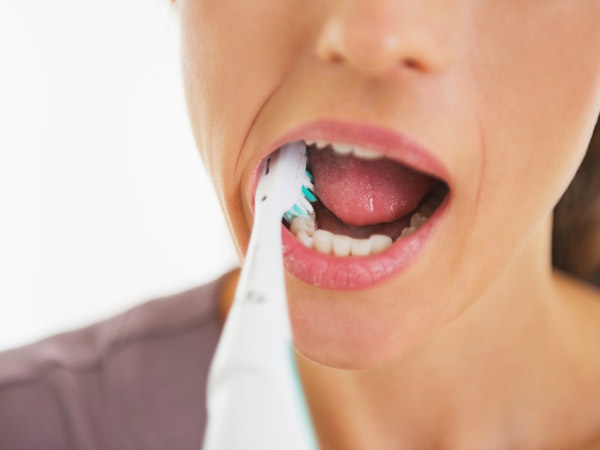
If the bristles are too stiff – they can hurt your gums. Go for soft or extra soft bristles. All you need is a brush to dislodge food particles that are stuck in between your teeth.
Brushes with medium or hard bristles used with some force can remove the protective enamel coating your teeth. This results in sensitive teeth and gums that hurt when you drink something cold.
2. Using Incorrect Brushing Technique And Motion
You must use the correct way to brush your teeth, which is in circles and not back and forth. The reason why brushing in circular motions is recommended is that it is very gentle and effective when it comes to cleaning gaps that are in between the teeth. It enables the toothbrush to make contact with both the gum line and the teeth. Avoid brushing so hard that the bristles bend on your teeth.
3. Brushing Teeth In The Wrong Angles
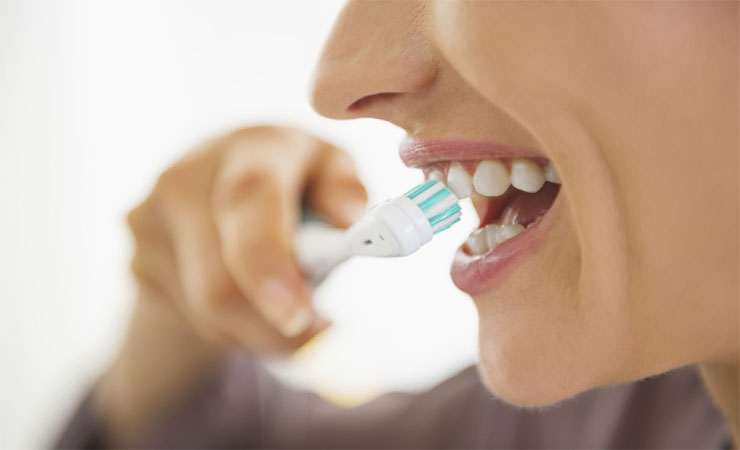
You also need to hold the toothbrush at the right angle during brushing, which is 45 degrees and make short circular strokes. That’s the angle for the most effective clean.
Tilt your brush vertically behind the front and bottom teeth and use gentle rolling strokes using just the front half of the brush. Pointing the bristles at this angle guarantees superior cleaning beneath and above the gum line. Cleaning the gum line correctly avoids discoloration and more importantly – cavities and gum diseases. This is the reason why you’ll see some toothbrushes with angled bristles.
4. Using Your Toothbrush For Way Too Long
A toothbrush is not meant to be used forever. With consistent use (twice a day for seven days a week) – the average life of a toothbrush is about three months. Hence, it needs to be replaced at least after every three to four months. But some people continue using their toothbrush for long without thinking of replacing it. They use it until it develops bristles that are frayed or not flexible. Frayed or broken bristles can damage your gum and cause bleeding, so you need to change your toothbrush once the bristles lose their flexibility. You also need to replace your brush after you have had the flu or cold.
5. Rinsing Your Mouth With Water After Brushing Teeth
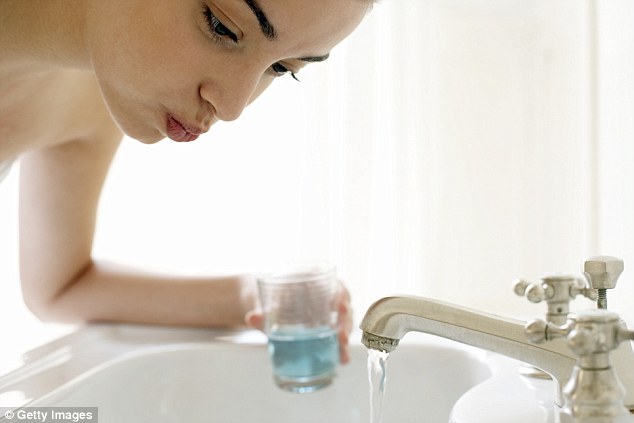
Yes – don’t rinse your mouth with water after brushing your teeth. It washes away the benefits that the fluoride in the toothpaste is supposed to provide. You can spit the toothpaste out, but the moment water enters the mix – it cuts down the efficiency of the fluoride from your toothpaste.
Use a mouthwash or mouth rinse that contains flouride instead of water. Rinse, gargle, spit out the mouthwash and that should be enough. But don’t use water. Wait at least half an hour after brushing your teeth to drink water or consume beverages (you want to leave the fluoride on the teeth for at least 30 minutes after brushing).
6. Brushing Straight After A Meal
Most people don’t wait after eating an acidic meal to brush their teeth. After eating – the pH levels in the mouth drop and your saliva has a higher acid content. Brushing your teeth can rub these acids deeper into enamel of your teeth. You need to wait at least 30 minutes after a meal to brush your teeth.
7. Not Using Dental Floss
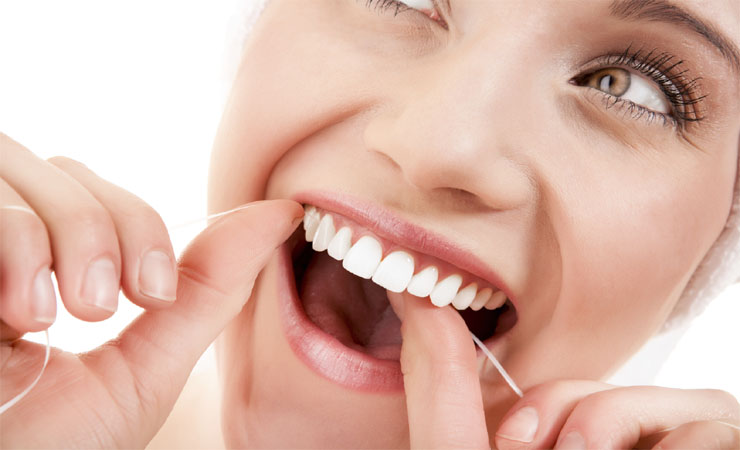
If you don’t already – make it a habit to start flossing daily. Flossing is required at least once a day to remove plaque between your teeth, where your toothbrush doesn’t reach. Plaque that is not removed through brushing and flossing turns into hard calcified deposits on your teeth.
8. Brushing For Less Than 2 Minutes
The average person’s brushing time is two minutes. Anything shorter than 2 minutes doesn’t give the fluoride in your toothpaste enough time to attach to the enamel in your tooth enamel. If you brush for less than two minutes you are more than likely leaving deposits of tartar and food on the teeth as well as all the stains.
9. Not Cleaning Your Tongue

After brushing your teeth – clean your tongue to prevent bad breath and remove bacteria. A tongue cleaner scrapes the residual bacteria off your tongue. If you don’t want to do that – get a toothbrush that has a tongue scraper on the opposite side. You can also just use the bristles of your brush to clean your tongue after brushing your teeth. It’s not as good as a tongue scraper, but will get the job done. It’s important to clean your tongue every time you brush your teeth
10. Not Changing Your Brushing Routine
Brushing teeth is something we do on autopilot. We end up brushing the same areas and by habit – forget some other. Change things up by starting from a different area and following an irregular pattern.
11. Storing Your Toothbrush In The BathRoom
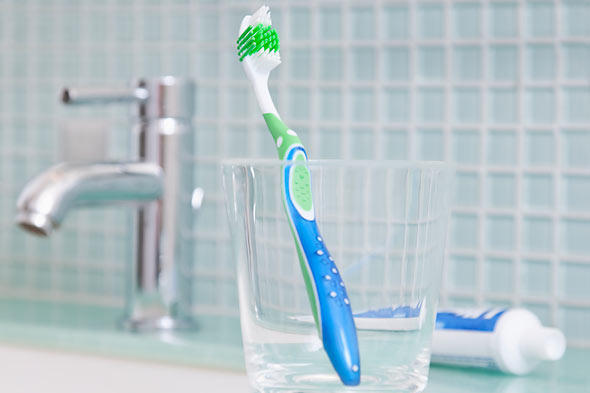
We are all probably guilty of making this mistake. Consider storing your toothbrush someplace other than your bathroom – like on your nightstand or inside your medicine cabinet.
12. Brushing Teeth More Than Twice A Day
Some people think it’s okay to brush three or four times a day – usually after every meal. But there is no need to brush your teeth more than two times a day. Brushing more than two times a day can actually damage your gums and erodes the enamel on your teeth. You need to brush every morning and evening after breakfast and supper respectively. But make sure that you wait for 30 minutes after meals, as mentioned earlier.
Regular visits to the dentist and avoiding these teeth-brushing mistakes will ensure the long-term protection of your gums. Have a healthy Smile 🙂